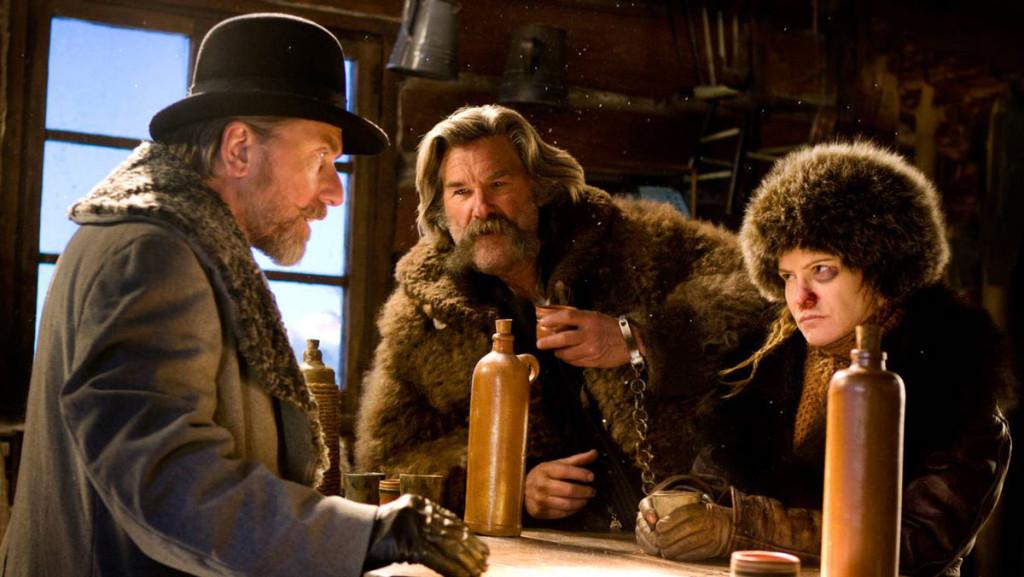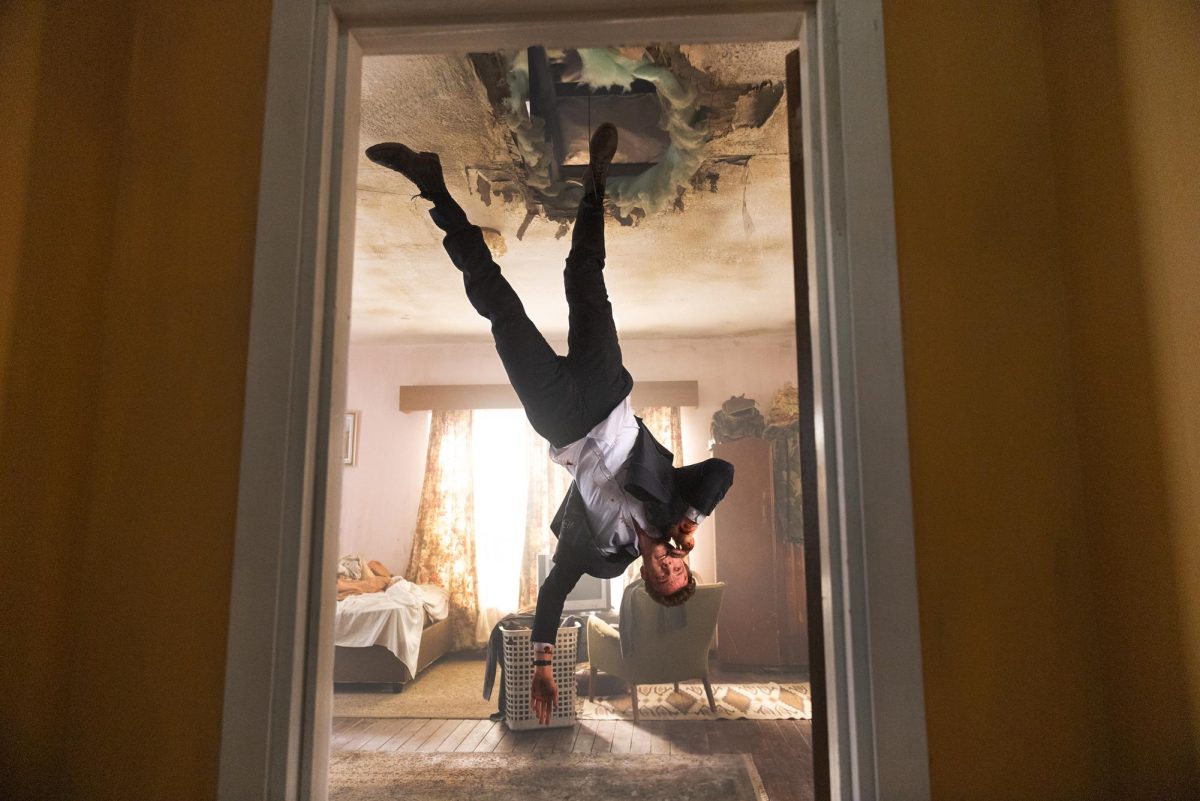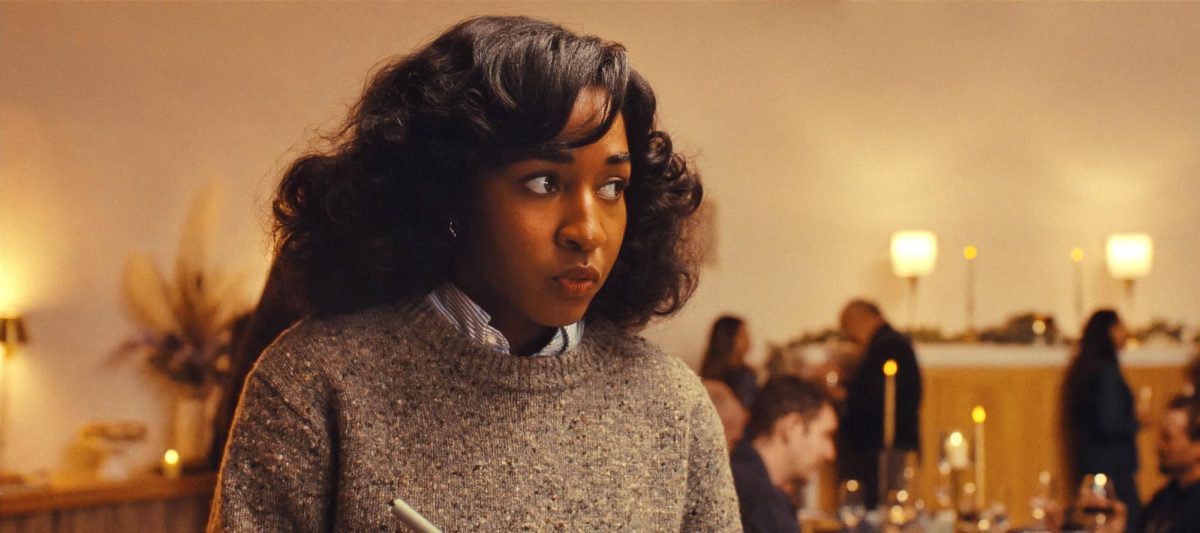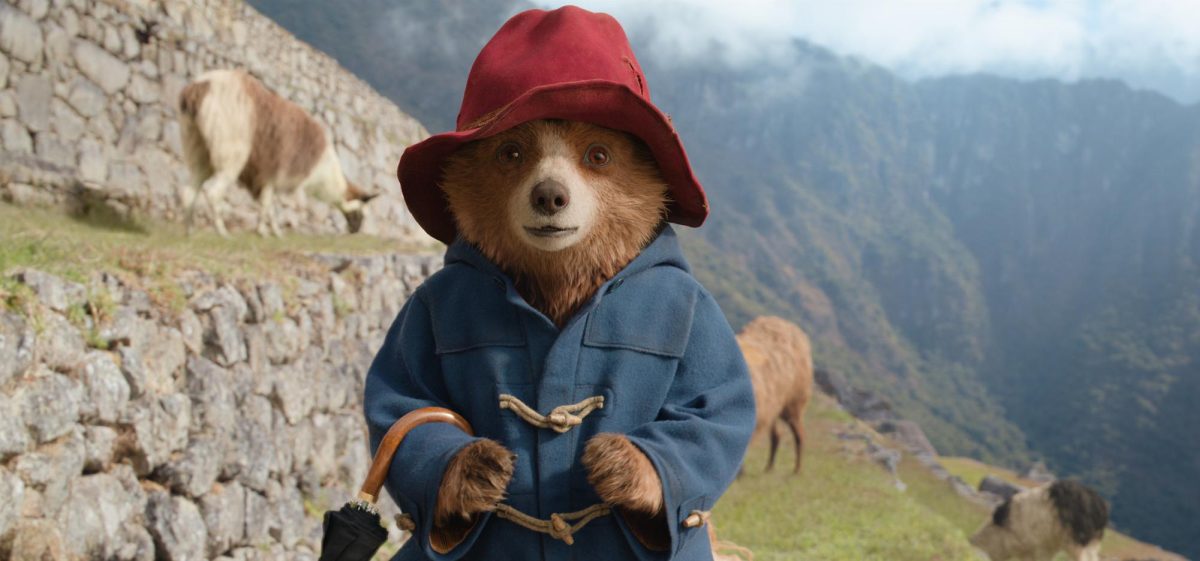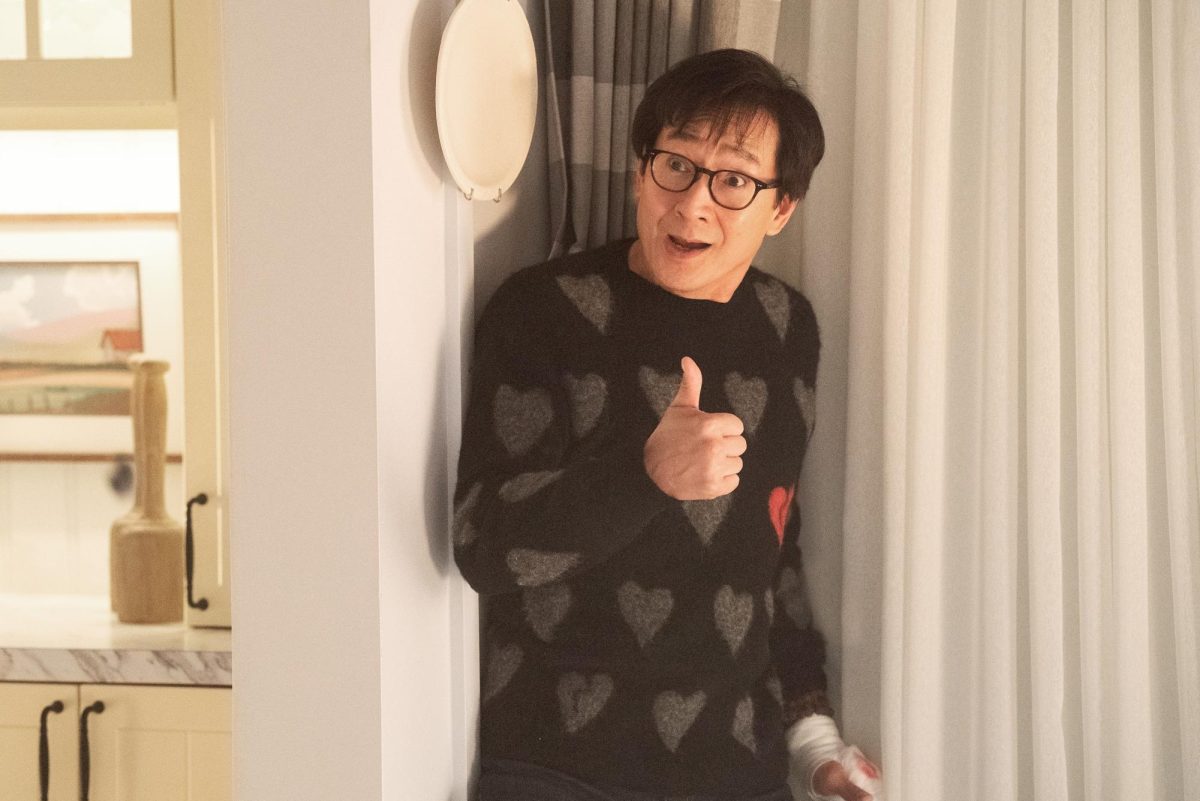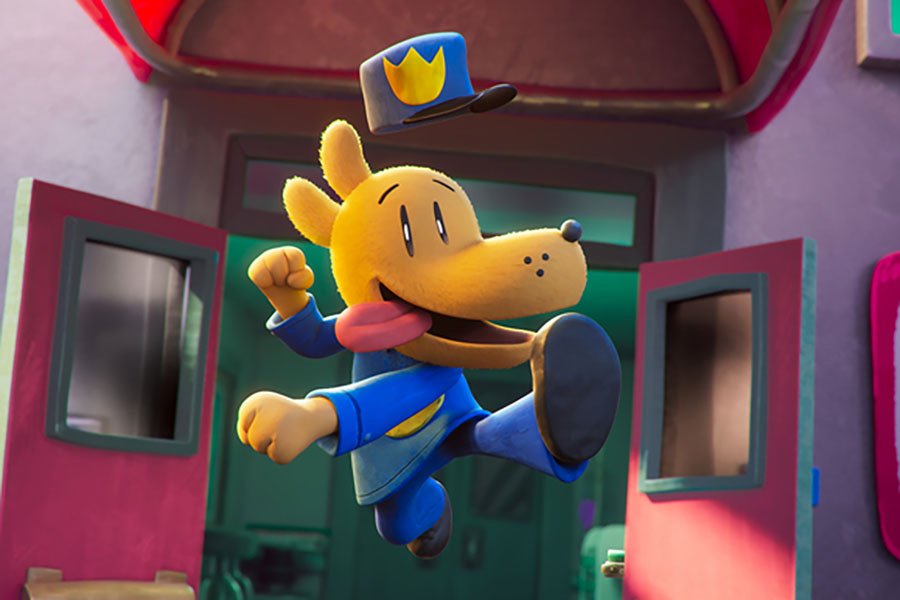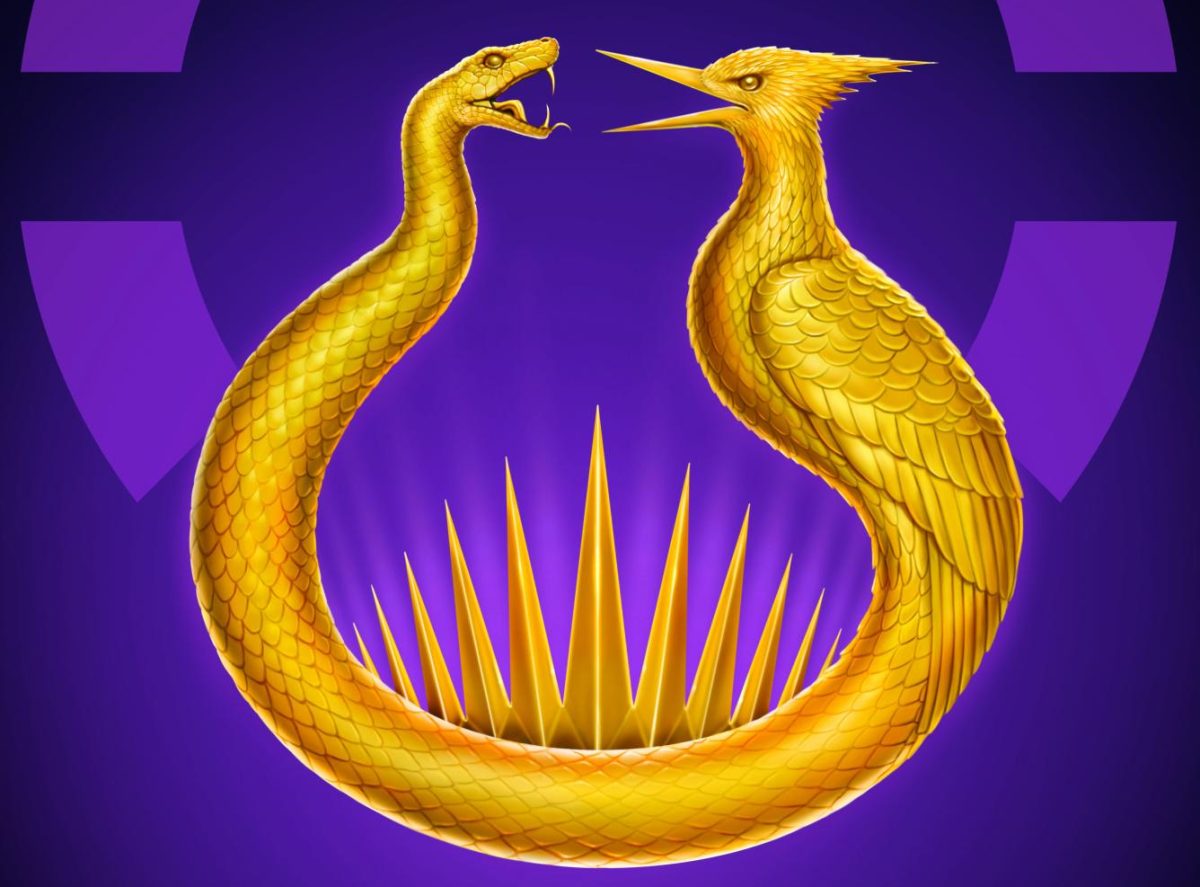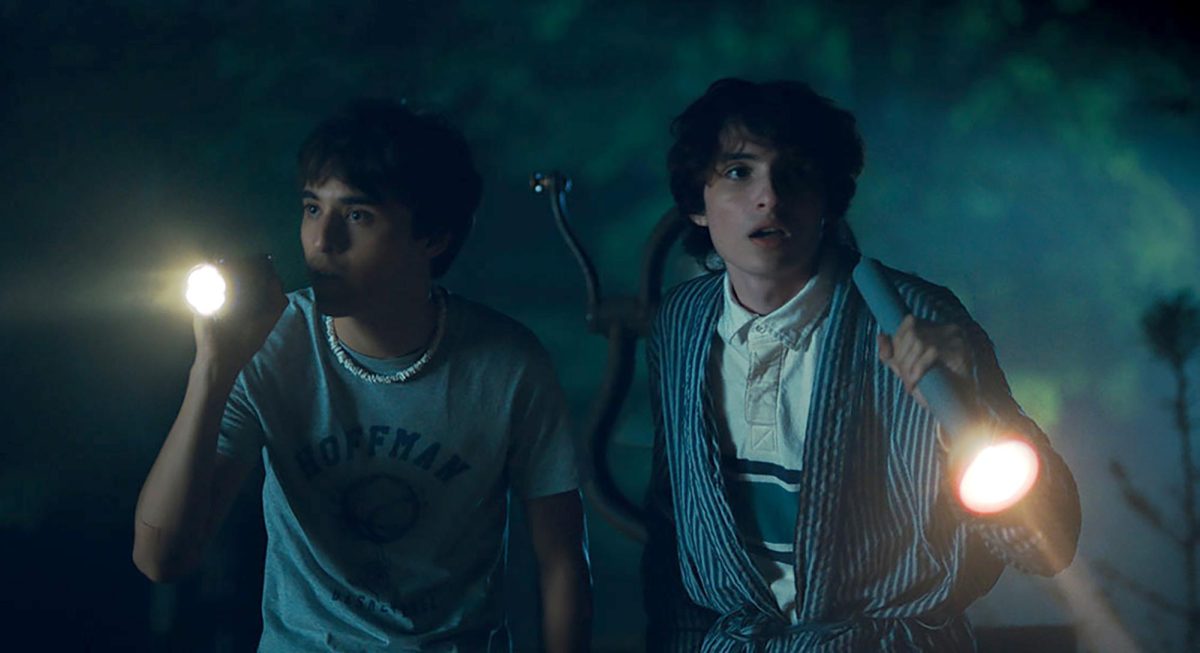Quentin Tarantino has made a career of finding profundity in film genres that use cheap shocks to provide their audiences with kicks. Films like Westerns, exploitation films and drive-in cult classics provide ideal fodder for Tarantino to revive and reimagine. However, nothing can prepare the viewer for the depraved shocks of his newest film, “The Hateful Eight.” The film’s provocative questions meekly justify the film’s senseless violence.
The film traps the audience in Minnie’s Haberdashery, a stagecoach lodge offering the “best coffee this side of the mountain,” with eight quintessential Western archetypes. Former Union Cavalry leader Maj. Marquis Warren (Samuel L. Jackson) boards the carriage of John “The Hangman” Ruth (Kurt Russell), which also holds infamous murderess and dead-woman-walking Daisy Domergue (Jennifer Jason Leigh) who is to be hanged in Red Rock. While in the carriage, the trio picks up the desperate and freezing Sheriff Chris Mannix (Walton Goggins), who claims to be the sheriff of Red Rock. They take refuge from a winter storm in the traveler-renowned Haberdashery with Oswaldo Mobray (Tim Roth), Bob the Mexican (Demian Bichir), former Confederate Gen. Sandy Smithers (Bruce Dern) and Joe Gage (Michael Madsen).
Completely character– and dialogue–driven, the film is structured like an elongated scene from one of Tarantino’s other films. The director places these recognizable classic character archetypes in the same room and lets the events and relationships naturally unfold. The plot begins to reveal itself and the monstrosity of secrets below the story’s surface. The talkfest broils on until the film’s halfway point, when secrets are revealed, and the characters must use a cocktail of language and violence that only Tarantino can serve.
The film’s opening credits roll before a retreating shot of the most somber and disillusioned depiction of Jesus on the cross ever shown on film. The figure is caked with snow and, at first sight, could be mistaken as the curve of a tree trunk. All the while, composer Ennio Morricone’s monotonous and brooding overture warns the viewer that the story withholds information and that the film can only end in dust and ashes.
Using the classic background of the post-civil war Western scene, the film has the same nihilism of Shakespeare’s “King Lear.” Instead of Act III of Shakespeare’s tragedy, when Lear, his Fool and Poor Tom confront the most depraved fall of man while sheltered in the hovel from a great tempest, the eight Western archetypes take cover from a blizzard in a haberdashery and are then left with only themselves and their circumstances.
The film has a sense of mystery to it, not so much in the search for a single human culprit, but rather in the larger sense of what is the truth of the world that is created. The film partially develops several themes about power structures, race and gender. With each theme, the film denies any sense of closure. For example, as Daisy passively takes cruel beatings from the men in the film, the audience thinks this may result in the retribution of the woman in the same way “Django Unchained” resulted in the retaliation of Django, the slave. But there never is a catharsis in “The Hateful Eight.” There never is a thematic or moral reason why anything happens in the film, as if to say there are no themes or morals in this cruel existence. While an existentially cynical and provocative assertion, several great works have come before that contemplated these philosophical points without sadism toward their characters.
The film’s high point is Leigh’s pervading and disturbing performance as the condemned Daisy. Even in the scenes where she does not speak, her presence is palpable. When she laughs, audience members feel a shiver down their spines. As the film continues and the characters descend further into madness, Leigh’s face becomes marred with blood and bruises.
This is not the typical eighth film of an Academy Award–winning film writer. This is the film of a young, energetic director, who is still in the experimental stage of his career. Gone are the days of Tarantino’s “Jackie Brown” and “Pulp Fiction,” which displayed reserved and quietly profound filmmaking techniques. Gone are the days when Tarantino’s violence was deliberate, and he didn’t decadently flex his filmmaking muscles. However, Tarantino doubtlessly has refined muscles. There is a genius to his humor, his writing and his love of the cinema that is all his own. “The Hateful Eight” is an undeniable testament to an auteur’s command of his art, though it is only enjoyable for the most ardent of his fans.x


